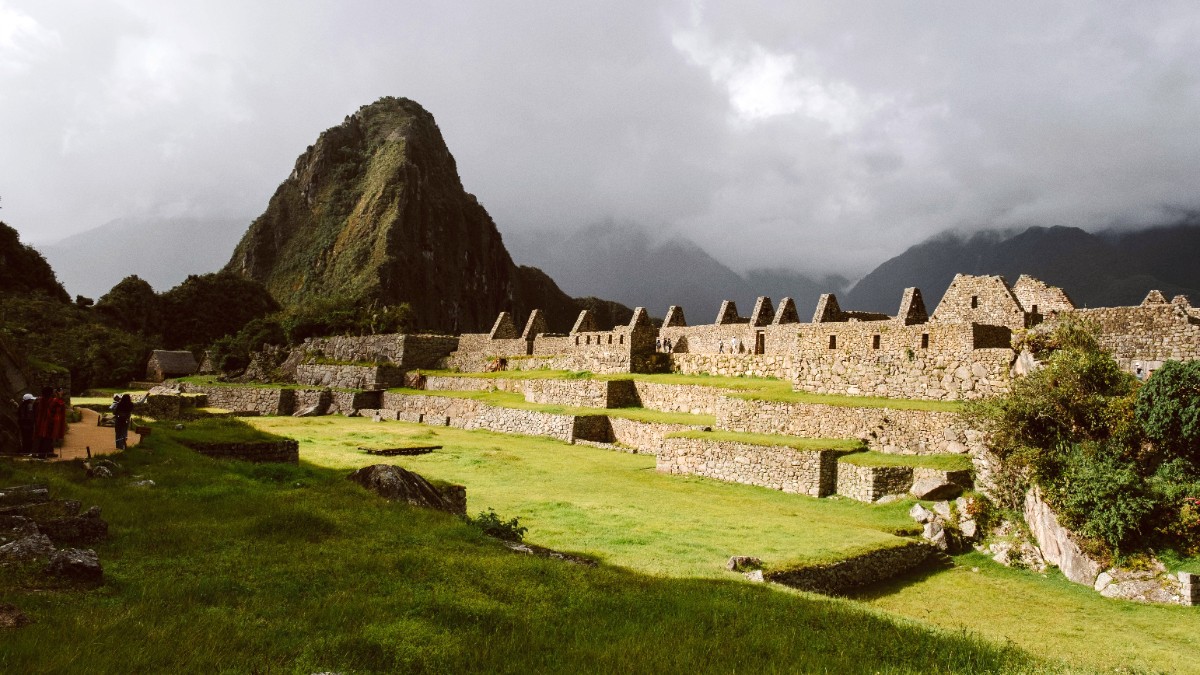
Peru
An ancient Inca citadel, perched high in the Andes Mountains. Often called the "Lost City of the Incas," it is an UNESCO World Heritage Site and one of the New Seven Wonders of the World. Built in the 15th century, scholars believe it was an estate for Inca emperor Pachacuti.
Its exact purpose remains a subject of ongoing study, contributing to its enduring mystery. The precision stonework across the site is remarkable, especially considering the era and location.
The first hour (6:00-7:00 AM) and the last hour (4:30-5:30 PM) often have fewer crowds. Lower circuits generally feel less crowded.
Massive Inca fortress and terraced agricultural complex. Stronghold during Spanish conquest, a living Inca town.
Large Inca archaeological complex with terraces, temples, residential areas above Urubamba River. Extensive, well-preserved terracing.
Vast Inca fortress near Cusco. Massive, precisely cut interlocking stones. Defensive and ceremonial purposes. Inspiring scale.
Most important Inca temple. Santo Domingo Convent built on its foundations. Blend of Inca and colonial architecture. Inca stonework withstood earthquakes.
Enigmatic Inca agricultural laboratory. Concentric circular terraces creating distinct microclimates. Likely for crop experimentation.
The Andean landscape around Machu Picchu features stunning natural beauty.
Majestic backdrop to all sites. Their sheer scale and rugged beauty are a constant presence.
Flows through the Sacred Valley and past Machu Picchu Pueblo, carving a dramatic canyon.
Traditional entrance for Inca Trail hikers. Panoramic views of the citadel, especially at sunrise.
Popular day trip from Cusco. Distinct colorful mineral stripes resembling a rainbow.
Stunning turquoise glacial lake, a popular day trip. Pristine shores surrounded by snow-capped peaks.
Small botanical garden near Machu Picchu base (Aguas Calientes). Native plant species, including orchids.
Explore less-visited treasures and unique perspectives beyond the popular sites.
Discover sites like Tipón (Inca agricultural station), Pikillaqta (pre-Inca Wari city), and Huchuy Qosqo (lesser-known Inca site via trek).
Visit Museo de Arte Religioso (colonial art in Cusco) or explore San Blas street art for contemporary Peruvian culture.
Newer attractions and unique visual experiences await off the main tourist circuit.
Capture moments that tell a story of the region's history and natural beauty.
These unique settings offer distinctive backdrops for photography.
Witness the incredible precision and scale of ancient Inca construction.
Capture the ethereal beauty of the Andean landscape and its varied conditions.
See how ancient Inca foundations and colonial architecture coexist.
Glimpse into cultures that predated the mighty Inca Empire.
The Andes Mountains create a dramatic backdrop. The Urubamba River flows through the Sacred Valley. Inti Punku and Puente Inca offer specific views.
Rainbow Mountain (Vinicunca) features distinct colorful mineral stripes. Humantay Lake is a stunning turquoise glacial lake surrounded by peaks.
The cloud forest around Machu Picchu holds various birds (Andean Cock-of-the-Rock), orchids, and butterflies. Tambopata offers unparalleled Amazon biodiversity.
Museo Inka displays significant Inca artifacts. MAP (Museo de Arte Precolombino) showcases exquisite pre-Columbian art.
Discover museumsQorikancha (Temple of the Sun) illustrates Inca and colonial history fusion. Casa Concha Museum displays artifacts returned from Machu Picchu.
Explore historical sitesCusco Historic Center is an UNESCO World Heritage site, showing a blend of Inca foundations and colonial grandeur.
Wander historic streetsTipón features perfectly engineered terraces and irrigation channels. Moray's circular terraces served as an Inca agricultural laboratory.
See ancient farmsPikillaqta, a large pre-Inca Wari culture archaeological site, offers insights into an earlier civilization.
Explore pre-Inca sitesExplore the extensive historical landscape of the Sacred Valley.
Sites easily accessible from Cusco city center.
Machu Picchu tickets require advance booking. Guides deepen your understanding. Cusco's historic center holds layers of Inca and colonial history.
Explore the Sacred Valley for diverse archaeological wonders and natural beauty. Seek out hidden gems for unique experiences.
This section details additional sites and considerations for a comprehensive sightseeing experience.
Dive into the historical and artistic heritage of the region.
Wander through streets that tell centuries of history.
Inca sites within easy reach of Cusco, offering distinct historical perspectives.
These sites showcase Inca engineering and agricultural innovation.
Significant Inca structures close to Cusco city center.
These sites are a testament to Inca power and spiritual practices.
Explore sites that offer distinct natural or cultural experiences.
These destinations highlight the rich historical and natural diversity.
Taxis and local buses are readily available in Cusco. Organized tours simplify visiting Sacred Valley sites.
Dry season (June-August) means clear skies but more crowds. Wet season (November-March) has fewer tourists, but rain is possible.
Follow guidelines at archaeological sites. Do not touch or climb on ruins. Stay on marked paths.